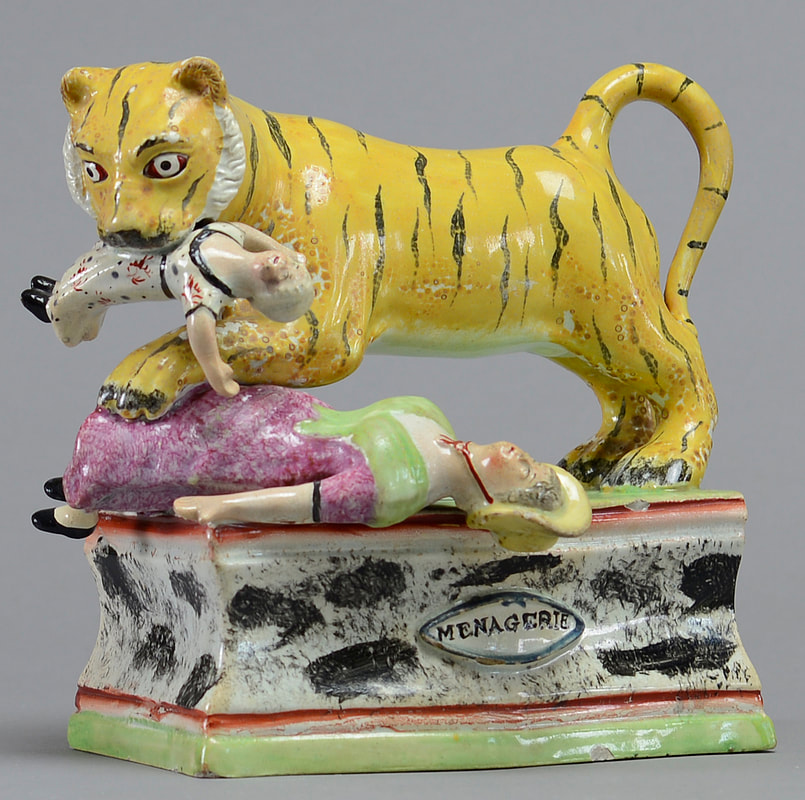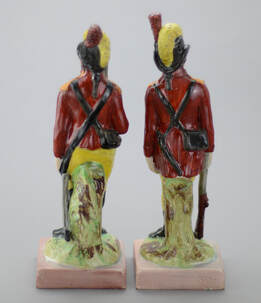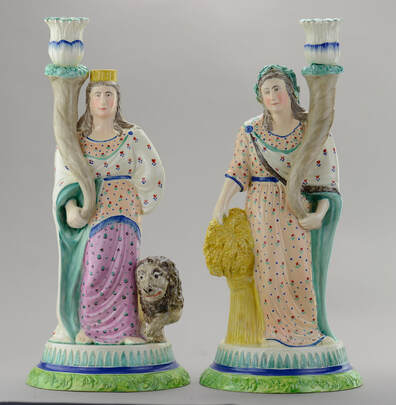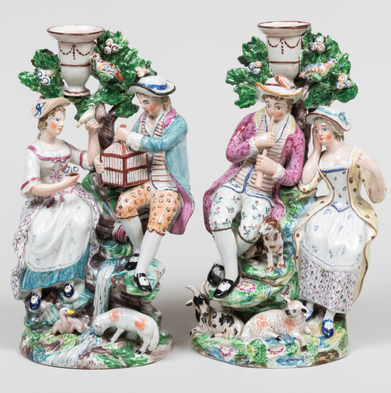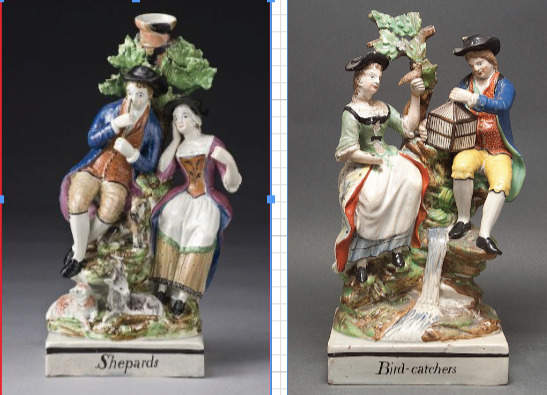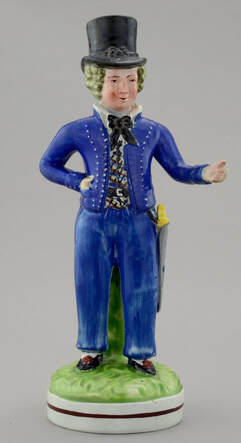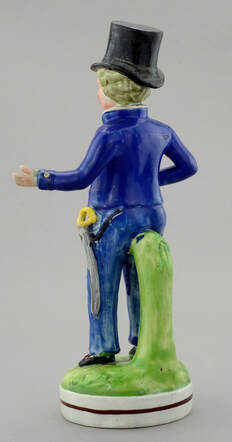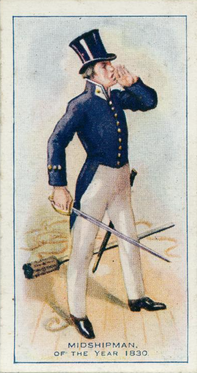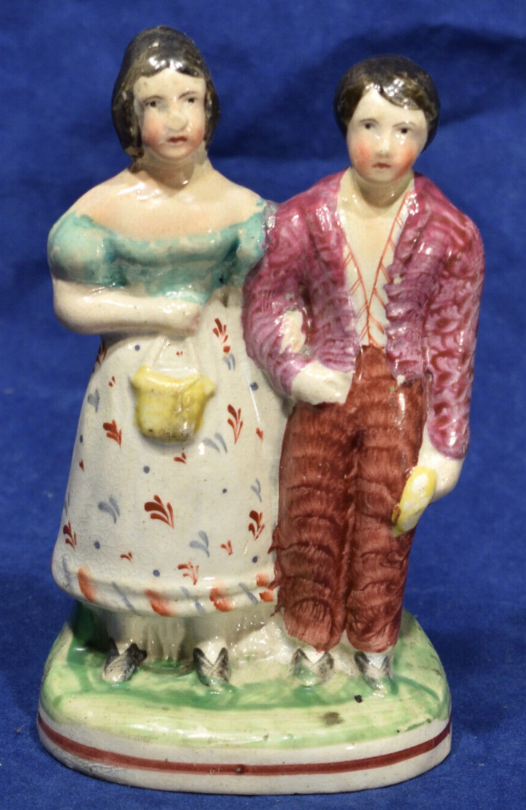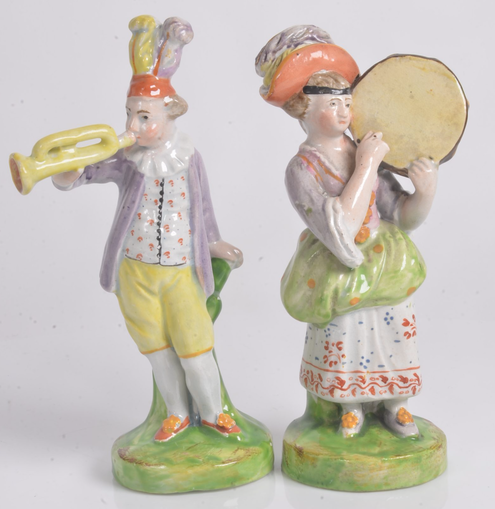Sherratt made these two figure groups in around 1834, and he made a few others on the same theme. I guess these models had a short life because the public soon learned that the event had not happened. The few that survive today are all somewhat different, and I have tracked them through the years. Again, they are all illustrated in my various works. Significantly, they are among the very few figures that can be dated with accuracy.

